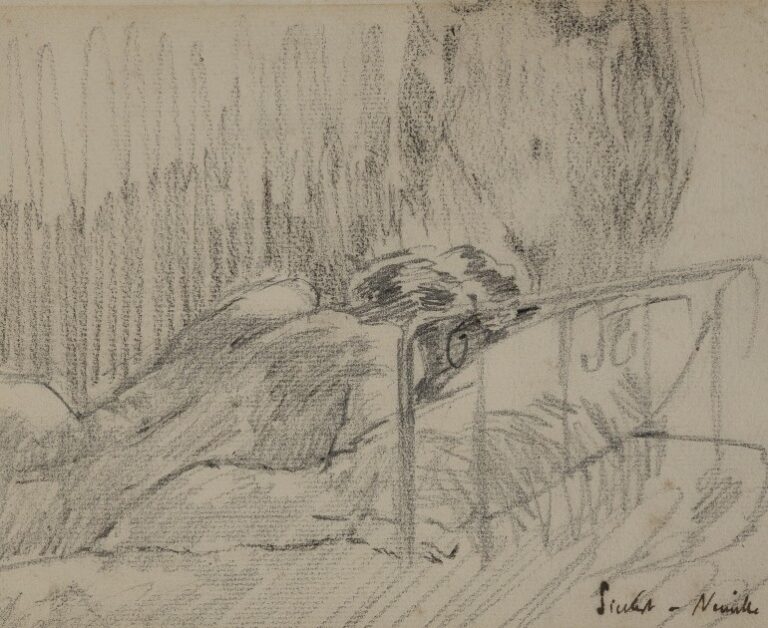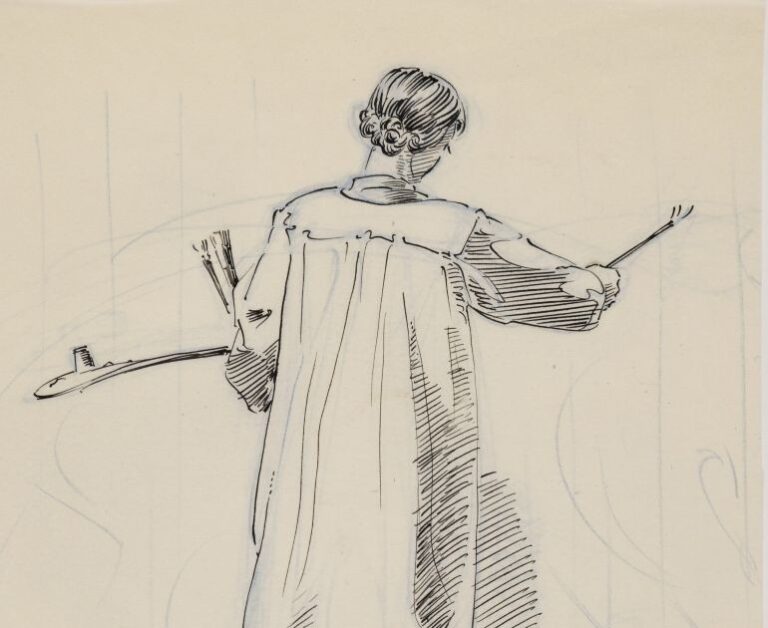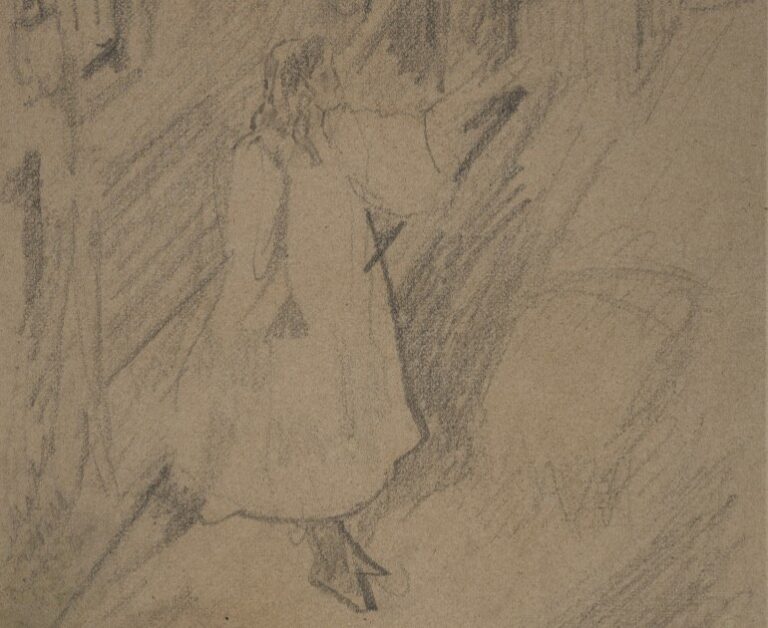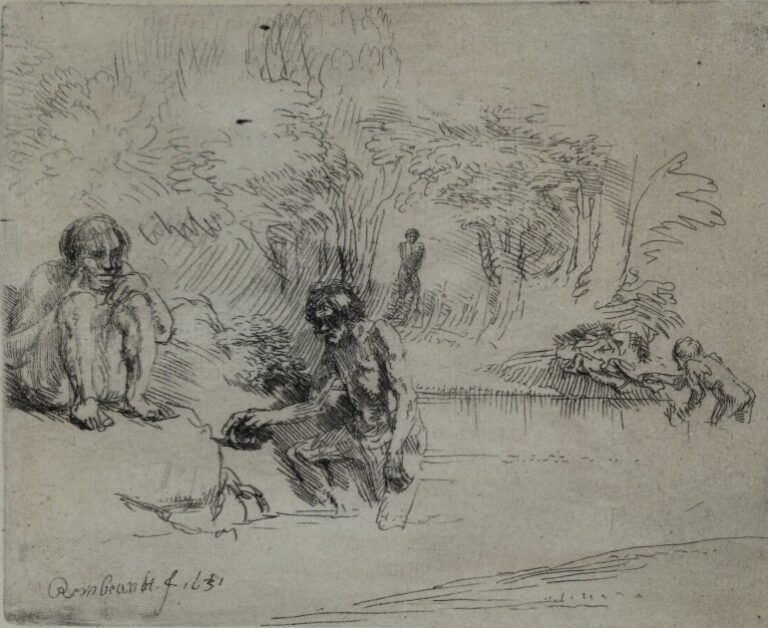Art, Artists and Mental Health
-
Author
- clareplascow
-
Published Date
- February 24, 2021
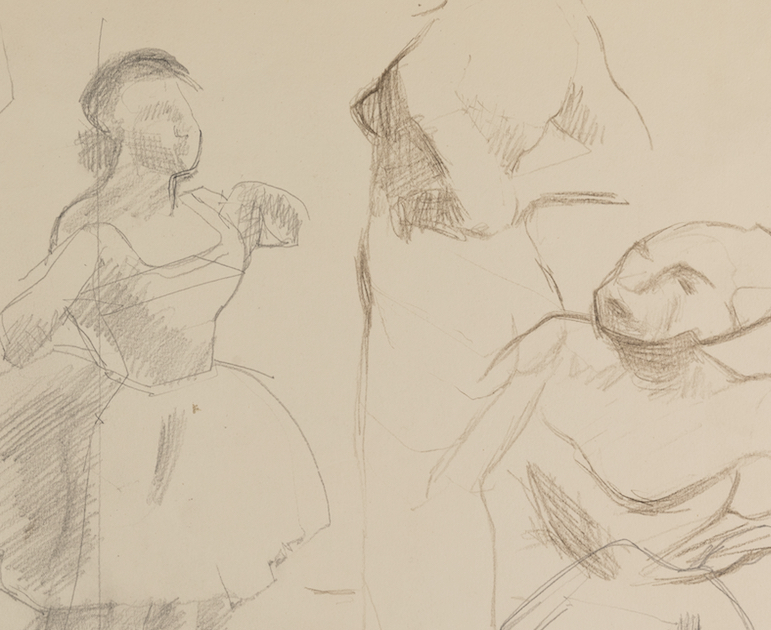
3rd Year Museum Studies Student and volunteer, Freya, has been investigating the University Art Collection for links between art and mental health.
There is a connection between the rise in people contacting mental health services and the many lockdowns during the Covid-19 pandemic.
In the UK:
- By the end of March 2020, 1,380,240 people were in contact with mental health services (NHS, 2020).
- By the end of April 2020, 2,873,636 people were in contact with mental health services (NHS, 2020).
As a result, there has been an increased focus on mental health and well-being. During the pandemic, adults who have had pre-existing mental illness noted “high levels of anxiety, depression… than adults without pre-existing mental health conditions.” (Gov, 2020). Linked to this has been a renewed focus on the established idea that arts and crafts help wellbeing.
“Creating art and doing crafts can aid with recovery and improve mental health.” (Mental Health Foundation, 2019).
Art and mental health have also been closely linked throughout history, with artists and writers exploring darker aspects of the human mind, despite the stigma surrounding mental illness at the time.
Vincent Van Gogh is perhaps the most notable individual when looking at the link between mental health and artistic genius.
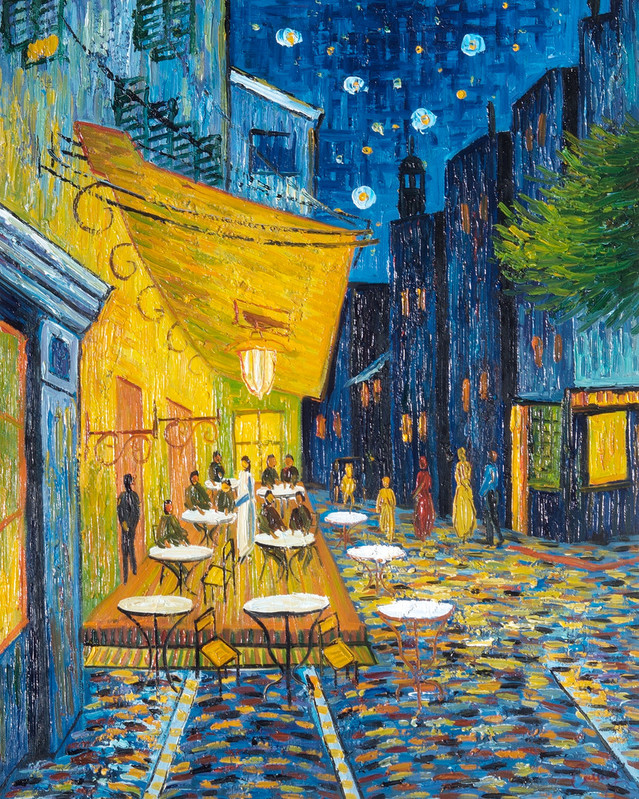
Best known for cutting off his left ear, an act that he could not remember afterwards, Van Gogh created around 150 paintings during the year he spent in a psychiatric clinic in Saint-Rémy-de-Provence, including The Starry Night. It was the year before, in The Café Terrace on the Place Forum, Arles, at Night that Van Gogh first added stars into the background of his painting.
It could be interpreted that the more creative a person is, the more susceptible they are to suffering from mental health and other illnesses. However, “no medical study has ever proven a definitive link…” (Waugh: 2020). Of course, Van Gogh is not the only artist who has suffered from mental health issues.
After starting to lose his sight in the late 1880s, Edgar Degas, a hugely visual artist, began to suffer bouts of depression. Degas became even more reclusive. Previously, having deliberately cultivated a reputation as a misanthropic bachelor, it seems likely that his mental health was directly impacted by his physical deterioration. Degas’ work varies from paintings of dancers and bathing female nudes to paintings of racehorses and jockeys.
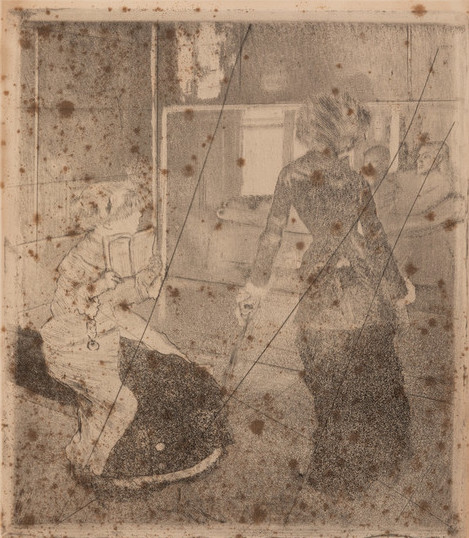
However, what is specifically significant about Degas’ work are his portraits, which focus on the complexity of emotions, human loneliness and isolation. The University Art Collection also contains a sketch by J. Anthony Betts which is inspired by Degas’ dancers.
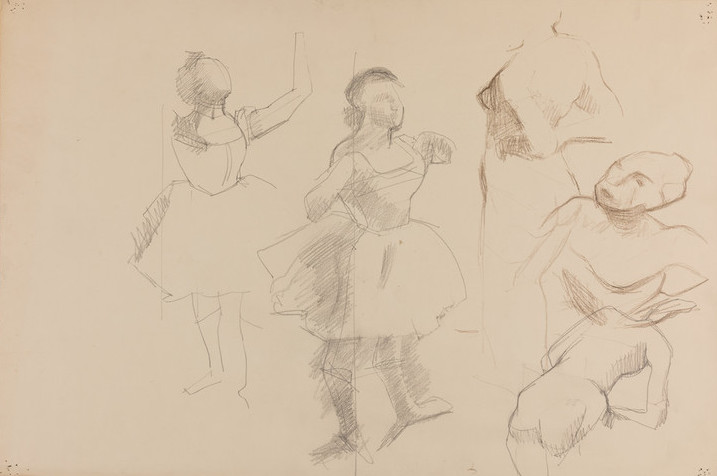
Art therapy emerged in the mid-20th century, with the term first used in 1942 by British artist Adrian Hill. Combining psychology and art, art therapy is intended to develop self-awareness, explore emotions, address unresolved emotional conflicts, improve social skills, and raise self-esteem.
As the principal of St. Albans’ School of Art, Mary Hoad became influential in the pioneering courses on art therapy. She introduced Michael Edwards to the practice, suggesting that he meet Mary Webb. Webb was possibly the first art therapist employed by the NHS, and was practicing an early form of art therapy with the patients at Kingsbury Hospital in the 1950s.

Of course, there are many contemporary artists dealing with the same subjects and issues including sexism, racism and other prejudices in their art today. Here are some of my favourite artists:
The idea of art and artists being linked with mental health and wellbeing is likely to be always connected. Struggling, isolation and pain have commonly been inspiration for artwork. While experiencing emotion through art can be cathartic, it is important not to glamourise mental illness.
Struggling with your mental health?
Here are some links that could help:
Samaritans – 116 123 (This service is 24/7).
Campaign Against Living Miserably (CALM) – 0800 58 58 58 – (5pm to midnight every day).
Papyrus (for people under 35) – call 0800 068 41 41 and you can text – 07860 039967 – (9am to midnight).
Childline – (for children and young people under 19) – 0800 1111 – the number will not show up on your phone bill.
SOS Suicide of Silence – (for everyone) – 0300 1020 505 – 8am to midnight every day.
Mind – 0300 123 3393 (9am to 6pm, Monday to Friday except for bank holidays).
-
Tags
